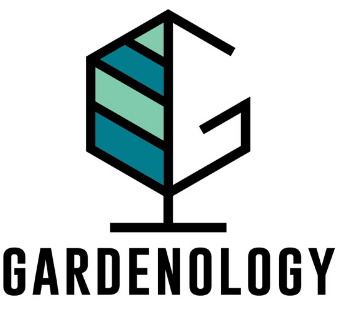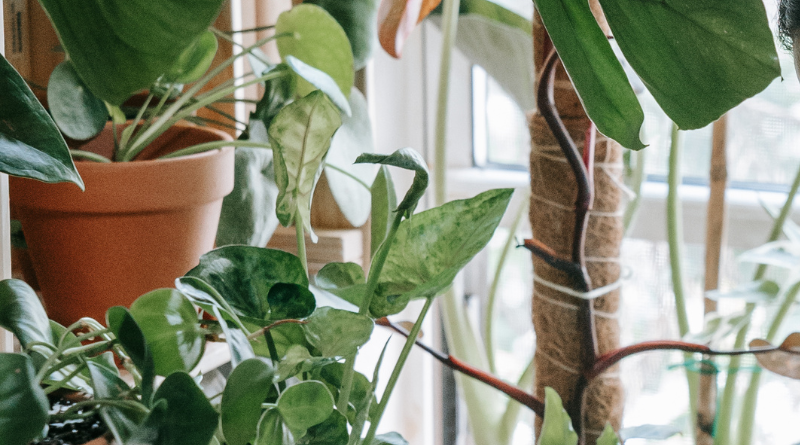Common Challenges with Indoor Plants: Problems and Solutions
Indoor plants are a delightful addition to any home, bringing a touch of nature indoors. But have you ever found yourself puzzled by a drooping fern or yellowing succulent? Recognizing and addressing these challenges is crucial to ensure the well-being of these green companions.
Understanding Indoor Plant Problems
Every diligent plant parent knows the joy of seeing their indoor plants thrive. But when issues arise, it’s essential to diagnose and address them promptly. Unresolved problems can hinder plant growth, leading to long-term damage or even the death of the plant. Ever wondered why? Let’s dive in!
Common Indoor Plant Problems and Solutions
a. Yellowing Leaves
Causes: Overwatering, poor drainage, or insufficient light can lead to yellow leaves.
Solutions: Ensure proper drainage by using pots with drainage holes. Adjust the watering schedule and ensure the plant receives adequate light. Did you know? Some plants, like the Snake Plant, can tolerate low light conditions better than others!
b. Dropping Leaves
Causes: Sudden temperature changes, lack of humidity, or overwatering can cause leaves to drop.
Solutions: Maintain a consistent temperature, increase humidity using a humidifier or pebble tray, and water only when the soil is dry to the touch.
- Curling Leaves
Causes: Overwatering, low humidity, or pest infestations can lead to curling leaves.
Solutions: Adjust watering, increase humidity, and inspect plants regularly for pests, treating with neem oil or insecticidal soap if necessary. Here’s a guide on identifying common pests.
d. Browning Leaf Edges or Tips
Causes: Low humidity, over-fertilization, or tap water with high minerals can cause browning.
Solutions: Use distilled water, reduce fertilizer use, and increase humidity. Consider these
e. Wilting or Burnt Leaves
Causes: Direct sunlight, overwatering, or underwatering can cause leaves to wilt or burn.
Solutions: Move the plant to a location with indirect sunlight, and adjust the watering schedule.
f. Root Rot
Causes: Overwatering and poor drainage can lead to root rot.
Solutions: Repot the plant in fresh soil, ensuring proper drainage. Water less frequently.
g. Leggy or Sparse Growth
Causes: Insufficient light can lead to leggy growth.
Solutions: Move the plant closer to a light source or consider using artificial plant lights.
h. Lopsided Growth
Causes: Plants growing towards a single light source can lead to lopsided growth.
Solutions: Rotate the plant regularly to ensure even growth.
Prevention and Maintenance Tips
- Regular Inspection: Regularly check plants for signs of pests or diseases.
- Proper Watering: Overwatering and underwatering are common issues.
- Adequate Light: Ensure plants receive the right amount of light, whether it’s direct or indirect.
- Humidity: Some plants, especially tropical varieties, require higher humidity levels. Consider using a humidifier or placing plants in a bathroom.
Frequently Asked Questions (FAQs)
- What causes yellow leaves on indoor plants?
- Overwatering, poor drainage, or insufficient light can lead to yellow leaves.
- How can I prevent my indoor plants from dropping leaves?
- Maintain a consistent temperature, increase humidity, and ensure proper watering.
- Why are the edges of my indoor plant’s leaves turning brown?
- This can be due to low humidity, over-fertilization, or using tap water with high minerals.
- How do I recover a wilting indoor plant?
- Move the plant away from direct sunlight and adjust the watering schedule.
Conclusion
Indoor plants, while beautiful and beneficial, can sometimes pose challenges. But with the right knowledge and resources, you can ensure that your indoor plants remain healthy and vibrant. Remember, proactive care is the key to a thriving indoor garden. Happy planting!

